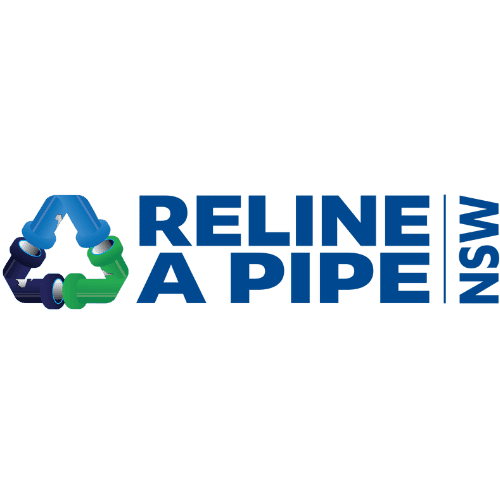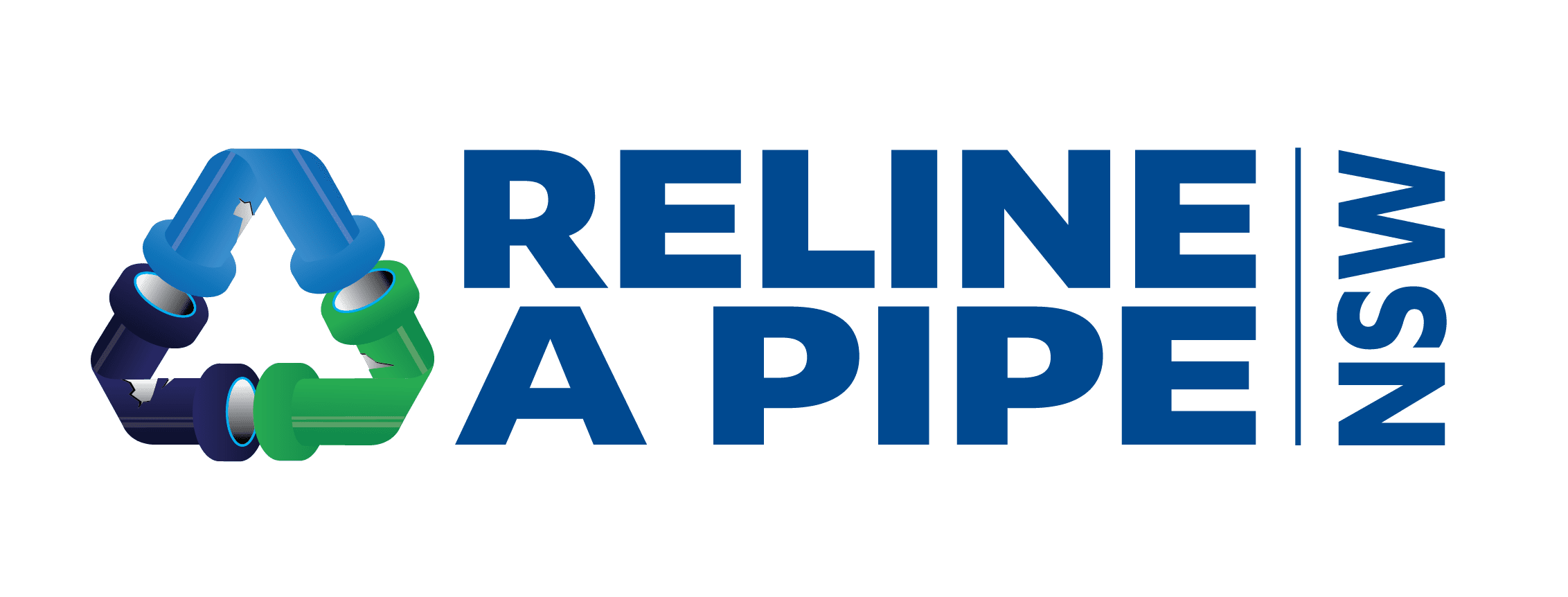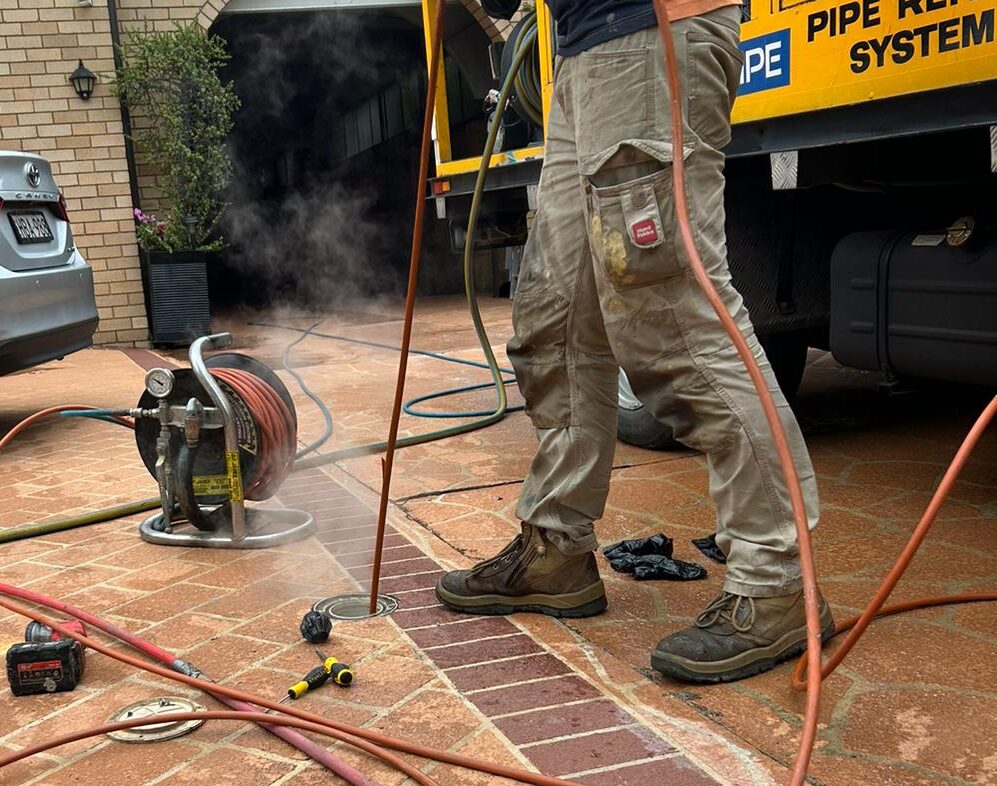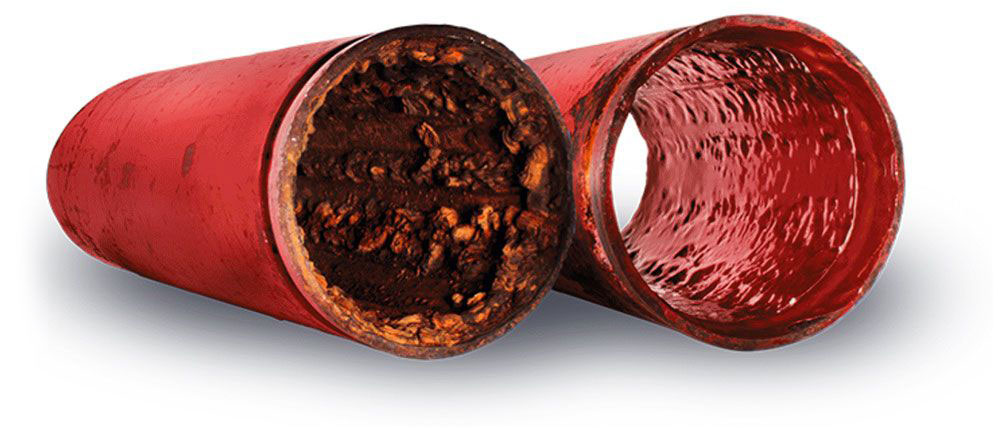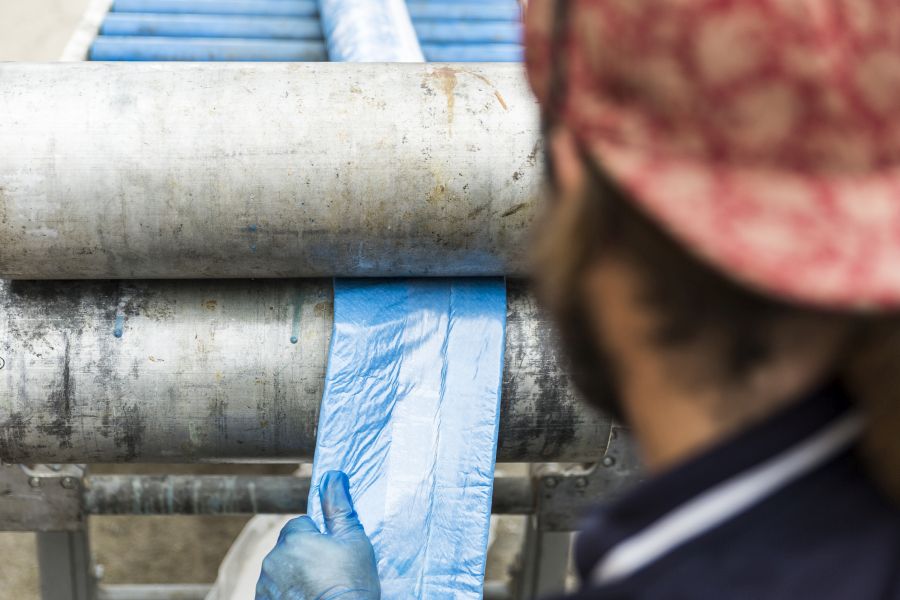Dealing with a clogged drain can disrupt your day. Whether it’s a slow-draining kitchen sink or a fully blocked bathroom pipe, it’s a situation that needs to be addressed promptly. So, you’re likely seeking information on the timeframe to unclog a drain.
Determining the best course of action for a clog involves considering factors such as severity, available tools, and chosen unclogging method. Based on this, a DIY solution might suffice, or professional assistance may be required.
Examine the amount of time it will take to fix your drain problem and prevent future occurrences.
Factors that influence the unclogging process.
Type of Clog
The time it takes to unclog your drain varies with the type of clog you have to handle.
Minor blockages can usually be fixed more easily than a stubborn blockage caused by foreign objects or mineral build-up.
Chemical drain cleaners can effectively dissolve organic blockages, but more stubborn clogs may need mechanical tools such as a plumber’s snake or hydro-jet.
Pipe Material and Diameter
The material and size of your pipes can affect the drain pipe unclogging process.
Certain pipes may not be compatible with stronger unblocking methods, especially those with a drain hole that are older, narrower, or made of materials like plastic that are less durable.
In theory, larger pipes are easier to unclog. However, their size can lead to more complex blockages, so the solution depends on the specific issue. Some blockages may necessitate additional time and specialised tools used by a licensed plumber. Expert plumbers can identify the problem and offer some solutions to suit.
Professional Assessment
A professional plumber has the equipment to inspect your clog issue, such as a drain camera.
This step is crucial for the plumber to diagnose the issue accurately, which will determine the effectiveness and efficiency of the solution chosen.
Hiring a professional plumber ensures the job is done correctly and efficiently the first time, saving you time.
Information on DIY Techniques
Addressing a clogged drain may not necessitate professional assistance. Utilising basic techniques like plunging can clear a small blockage within a few minutes.
An effective method is to use a hot water and white vinegar flush in case the previous solution doesn’t resolve the issue. It can be particularly helpful for breaking down blockages such as greasy build-up in kitchen sinks, coffee grounds, food scraps, soap scum and other food debris or organic matter. Simply pour boiling water down the drain to soften the greasy residue.
To address tougher clogs, combine a cup of vinegar and baking soda. First pour hot water down the drain, then add baking soda and vinegar.
Next, cover the drain for about 5-10 minutes, pour more boiling water, and check if the drain is clear. The fizzling helps remove organic build-up.
Safety and Risks
Despite being cost-effective and readily available, DIY methods still involve risks.
Using chemical cleaners can be risky for your plumbing system as they may cause damage if not used properly.
The vinegar and baking soda method may cause issues with certain types of pipes, such as those in older terracotta plumbing systems.
It is important to understand the type of pipes you are working with and their capabilities before proceeding with any tasks.
Understanding when to seek professional help.
If your DIY attempts haven’t solved the issue, or if the clogs are recurring, it’s best to bring in experienced professionals.
Professional plumbers are equipped with the necessary tools, methods, and skills to address more severe blockages effectively and safely.
Their services will ensure the plumbing system works smoothly and avoids costly mistakes.
Professional Solutions Explained
If DIY or a store-bought drain cleaner doesn’t work when unblocking drains, a professional plumber will use more advanced techniques.
A drain snake is utilised for the physical removal of blockages, with the duration varying from fifteen minutes to nearly an hour, based on the complexity of the clog.
In cases of significant blockages, hydro-jetting may be employed by qualified plumbers. This technique involves utilising high-pressure water to unclog pipes, typically requiring approximately an hour to finish.
The professional methods are more effective in clearing tough clogs and ensuring the pipes are in good condition. Additionally, the plumber can identify the main reason behind the clog.
Reline-A-Pipe’s Method of Pipe Repair
Reline-A-Pipe utilises modern solutions such as trenchless pipe relining.
The method involves cleaning the pipes with hydro-jetting, inserting a new lining, and allowing it to harden to create a new pipe inside the old one.
The pipe is cleaned thoroughly and repaired, resulting in improved functionality. This process eliminates the need for intrusive excavation to fix any leaks or breaks.
Usually, the relining process can be finished in under a day.
Time Frame Expectations
The time it takes to unclog a drain varies based on the type of clog you’re dealing with.
Minor sink clogs can easily be fixed in just a few minutes using a plunger or boiling water.
For more stubborn clogs, using a drain snake or the vinegar and baking soda method could take between fifteen minutes to half an hour.
For particularly tough clogs, it’s best to hire a plumber. Their work might span hours or a full day.
Reline-A-Pipe’s Approach
The Relining Company starts each job with a comprehensive assessment using advanced diagnostic tools such as HD drain cameras.
This enables our team to precisely identify the location and complexity of the clog, ensuring that we can implement the most efficient and effective solution.
Our solutions offer both immediate relief from clogging issues and long-term prevention against future blockages.
Advanced Tools and Techniques
Initially, we utilise modern techniques such as hydro-jetting to clear your pipes.
Next, our trenchless relining technology is employed for pipe repair by sealing cracks and gaps from within, eliminating the need for unnecessary excavation in your backyard.
Minimising Disruptions
Our methods aim to reduce interruptions to your daily life.
We aim to quickly fix the pipe flow, minimising the need for extensive construction or major disruptions in your home.
Providing a lasting fix for your drain blockage.
Several factors influence how long it will take to unclog your drain, such as the type of clog, the material of your pipes, and the solution you use.
Professional plumbers are able to quickly identify and resolve issues by determining the root cause and preventing future disruptions to your day.
For persistent blockages or a quick, professional solution, contact Reline-A-Pipe.
Our professionals are prepared to fix your plumbing issue promptly. Contact us today for efficient service and long-term solutions.
Feel free to contact our team for any inquiries regarding residential or commercial quotations.
You can call the team at Reline-A-Pipe in Sydney on (02) 9649 3981 or contact us online.
